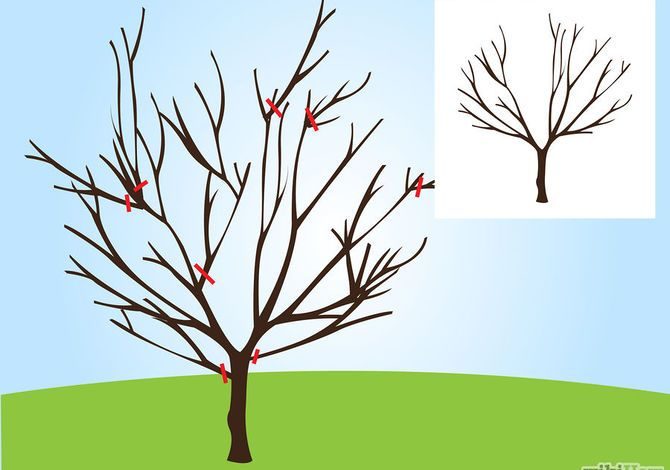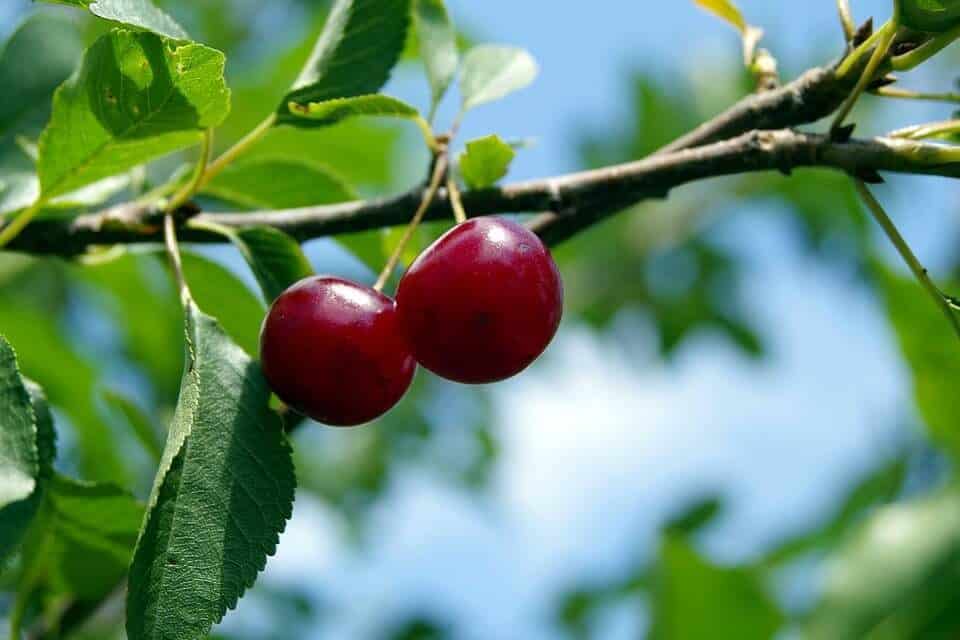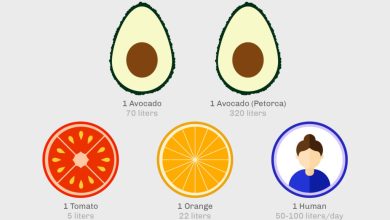Prune a Cherry Tree: When to Do It? What do we need to know?

It is very difficult for someone in the world to resist the delicious taste of a cherry. Its special flavor, however, comes from a fabulous tree that requires certain care so that its production is abundant.
And pruning is key to achieving it.
The cherry tree, without exaggeration, has been cultivated since ancient times. Its origin is located in a Greek colony on the shores of the Dead Sea.
Currently, in the Iberian Peninsula, the best cherry trees are produced in the Valle del Jerte.
There are various species and sizes.Some reach 10 meters in height.
Why prune a cherry tree?
 There are several reasons why we are interested in pruning our cherry trees from time to time. We will highlight the following:
There are several reasons why we are interested in pruning our cherry trees from time to time. We will highlight the following:
- We can obtain more and better fruits in the long term.
- Our tree will grow stronger and healthier.
- We can shape it and make an ornamental tree. The cherry tree when it blooms is spectacular.
- We will avoid scares by improving security when harvesting the fruits.
What is the best date to prune it?
Pruning should preferably be done in late fall and winter, when it goes dormant.
What important points should you keep in mind?
There are several pruning techniques, among which we have:
formation pruning
Formation Pruning: it helps to define the structure of the tree, so that it can support the harvest and develop a good vegetative process.
A derivation of this type of pruning is the pyramid shape, where the idea is to get a main trunk from which 10 to 15 secondary or lateral branches protrude. In other words, floors of branches should be formed with a distance of about 80 cm between each one.
This is obtained with several years of annual pruning. Do not think that it can be achieved in less than a year.
volume shape pruning
There is another derivation which isvolume shape pruning,which pursues the objective of increasing the production of small cherry trees, with two subtypes of pruning: reduced glass and regular glass.
Reduced glass:In the first one, as the tree has a short trunk, whose main branch must stand out about 25 cm and lateral secondary branches are allowed to grow, the same process is applied to them so that tertiary branches emerge. regular glass:In the second sub-technique, that of the regular glass, the intention is to obtain a larger cherry tree from the sprouting of about 50-60 cm so that secondary branches emerge and when new ones emerge, prune them again upwards, after having allowed that they reach their development.
fruiting pruning
Finally,we have the fruiting pruning,that pursues the best development to obtain the perfect cherry.
The branches that have grown in excess are removed, sprouting secondary and tertiary branches.
If we want to achieve larger cherries, we have to cut the lateral branches that have buds in flower. It reduces production but the fruits will be larger.
How should we prune a cherry tree? (Step by Step)
A young cherry tree should be pruned in the following way to optimize the harvest:
- Sterilize materials that will be used, to prevent the proliferation of fungi and diseases. Use bleach dissolved in water to disinfect the equipment.
- Cut the upper part of the tree between 60-90 cm to avoid abnormal growth. Do this in late fall or winter, because this is the cherry tree’s dormant period.
- The cutting angle should be about 45 degrees.
- At the end of the year, pruning should be done in a staggered manner or branch flats. Likewise, this is done in winter. The trimming of the branches should leave an approximate length of 60 cm and a cutting angle of 45 degrees.
- A parent branch must have two children.
- After another new year, a new pruning begins, creating a second step or floor, executing the same previous operation.
- This procedure continues until it is segmented floor by floor so that it produces exquisite cherries.
- After 4 years, this segmentation is no longer so important. Now the goal is for it to grow horizontally, cutting the branches that come out upwards because the vertical ones produce fewer fruits.
- Any dead leaves or branches should be removed.
- Also the shoots that grow at the base of the cherry tree should be removed.

![Photo of How to Plant Incense: The Guide You Need + [Images and Step by Step]](https://www.complete-gardening.com/wp-content/uploads/2022/08/how-to-plant-incense-the-guide-you-need-images-and-step-by-step-390x220.jpg)


![Photo of Red Maple: [Crop, Associations, Pests and Diseases]](https://www.complete-gardening.com/wp-content/uploads/2022/08/red-maple-crop-associations-pests-and-diseases-390x220.jpg)